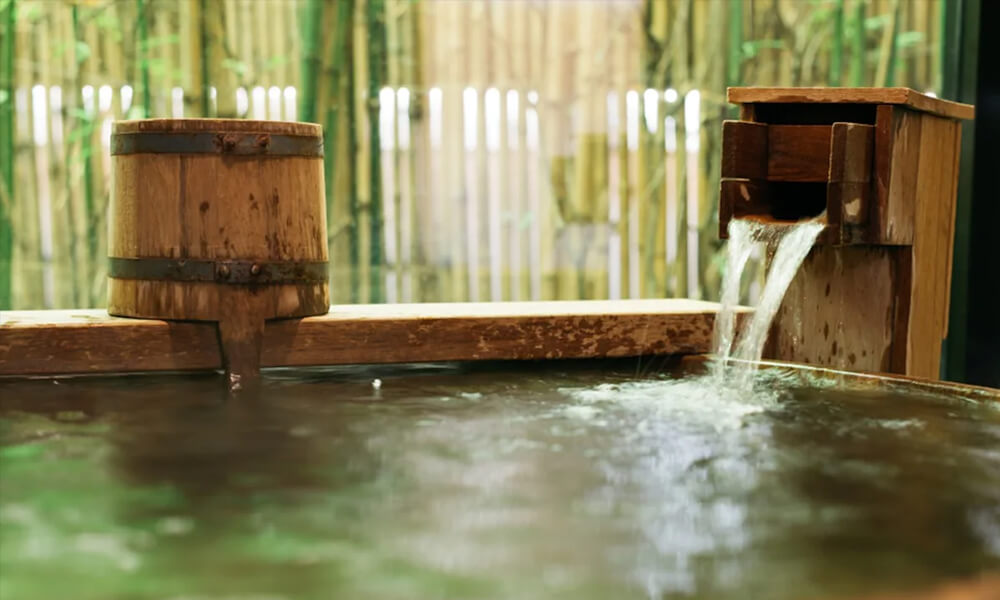In this day and age, hot water is one of the basic necessities of life. From the need to maintain hygiene to simply easing the muscles after a tiring day, hot water is now used for multiple purposes. But what is considered a need now was a luxury in the olden times. In fact, there was a time when water heaters were beyond anyone’s imagination. Then how did geysers come into existence? Let’s find out.
Table of Contents
The 'spring' phenomenon
It might have taken a while for hot water to reach our homes, but in nature, it has been thriving in the form of hot water springs. Hot water springs are natural water bodies that are geothermally heated. While some of these springs are at temperatures suitable for bathing, some are so hot that even a drop can cause serious burns and injuries.
The science behind natural hot water

It is common knowledge that as we go deeper into the Earth’s surface, the hotter it gets. The magma present on the Earth’s outer core is surrounded by other layers. If even a tiny crack or thrust fault appears on these layers, a tremendous amount of heat is transferred to the nearby rocks.
All that thermal energy is transferred from the rocks along the thrust fault to the water present down there. As the water temperature increases, its density decreases, thereby causing it to rise towards the surface in the form of hot springs.
What are natural geysers?

A hot spring that periodically jets water and steam is known as a natural geyser. They are made from a tube-like hole on the Earth’s surface that runs deep into the crust. Being extremely close to the magma, water at the end of this tube starts boiling. Some of this water is forced upwards and the boiling water turns into gas and steam.
In today's time, thankfully, we don’t have to rush to natural springs every time there's a need for hot water.
Rise of the instant water geyser
The use of hot water in India began with the emergence of structured civilization in 3300-1300 BCE. In ancient times, public communal bathrooms were a popular way of getting access to hot water. The alternative to this was heating a pan of water on the stove and carrying it to the bathrooms. But it was neither easy nor safe.
After years of experimentation and research, Benjamin Waddy Maughan’s first residential 'geyser' was born in 1868 in England. Although revolutionary, the first geyser was still unsafe until Edmund Rudd added his safety features to it and birthed the first automatic gas water heater in 1889 in Philadelphia, USA.
After that, the rise of the water heater industry was inevitable. With the increase in demand, manufacturers worked relentlessly to ensure that not only do customers have access to safe hot water but also have a variety of options to choose from. Be it immersion type water heaters, tankless geysers, electric geysers, or even solar water heaters, you can now choose what best suits your requirement. The latest trends in the industry are ‘Wi-Fi Geysers’ for a 'smart' age of water heating.

Conclusion
The times might have changed but one thing that has stayed the same is the need for hot water. To meet this rising demand for hot water, Racold is paving the way to the future of the water heating industry. With smart geysers that not only supply instant hot water but also enable personalized showers, Wi-Fi connectivity, energy-saving, and other advanced functions, Racold has grown to be a leading water heater brand in India. Visit their website to check them out now.



